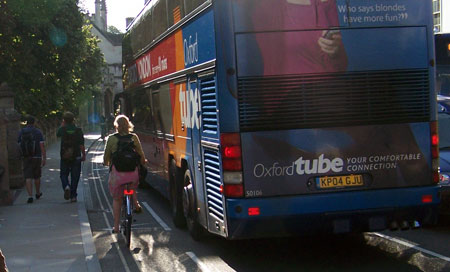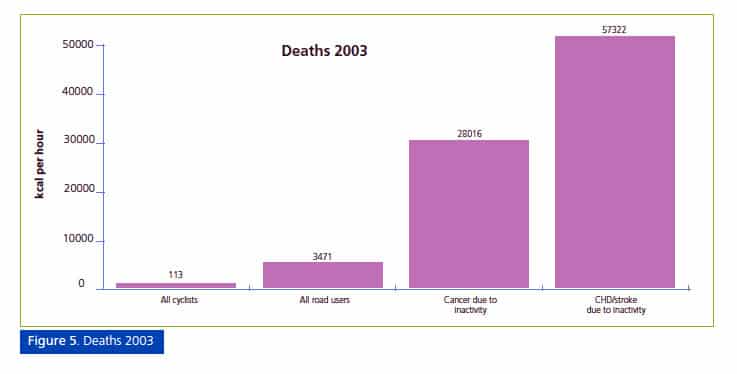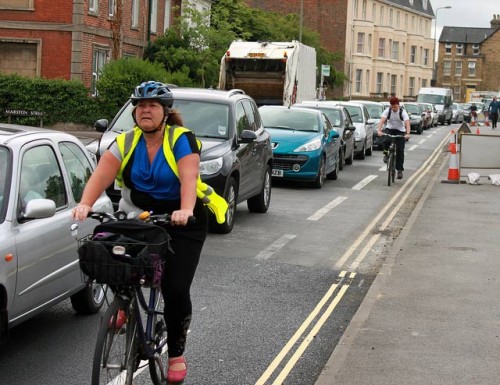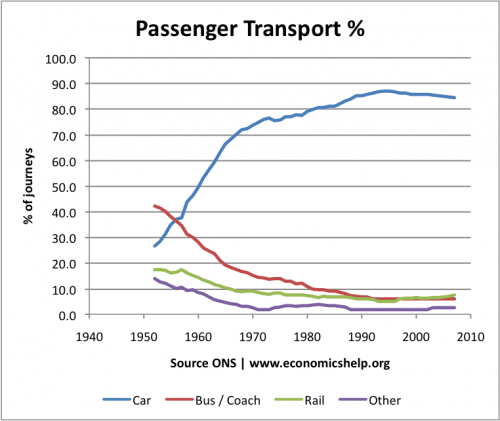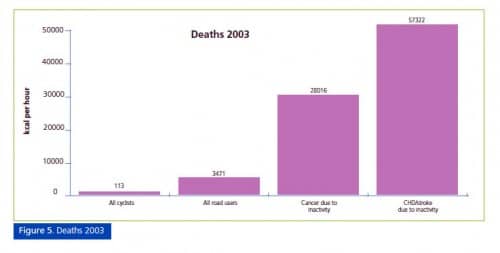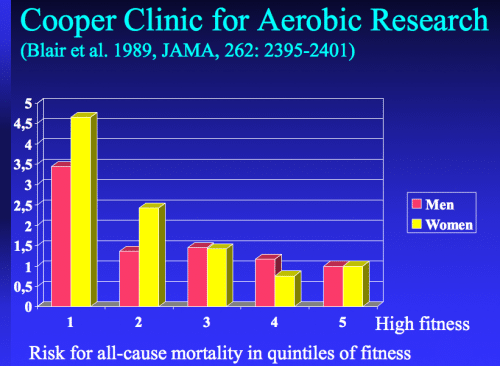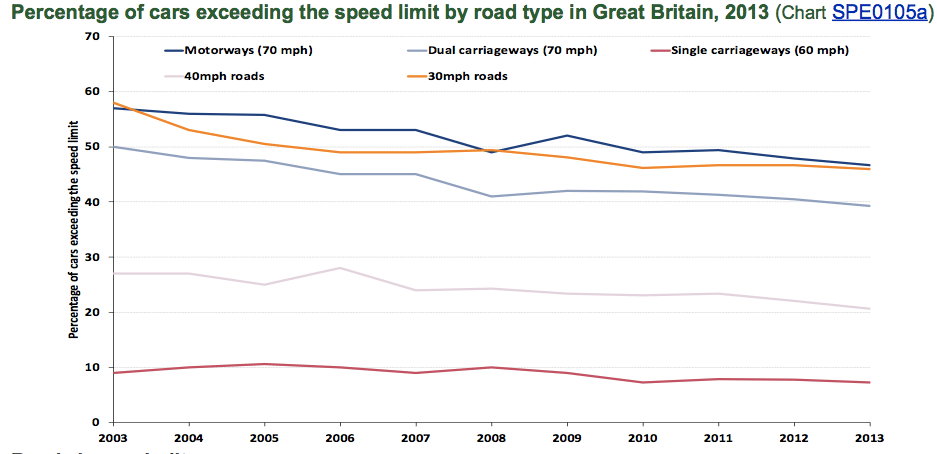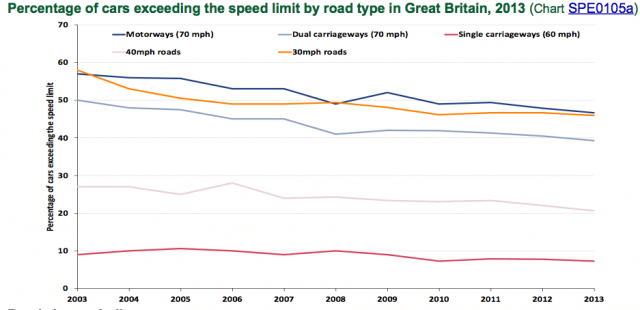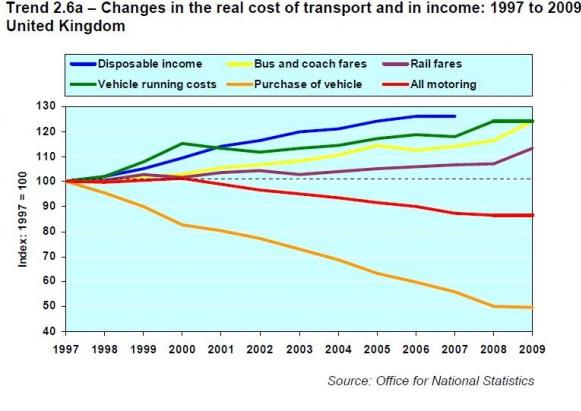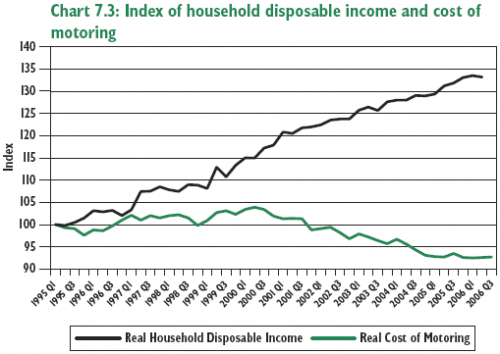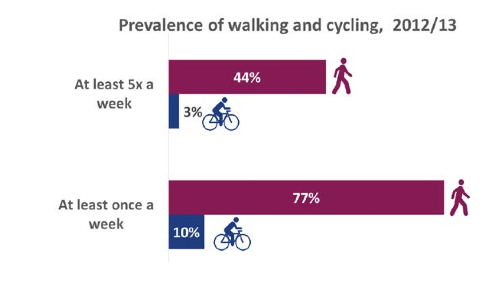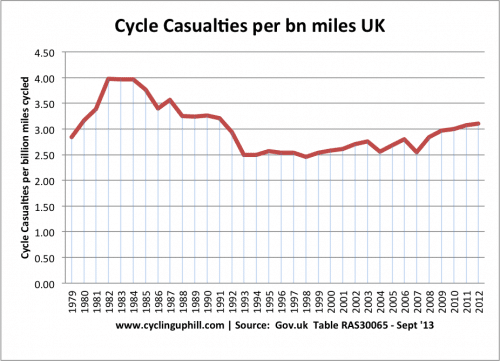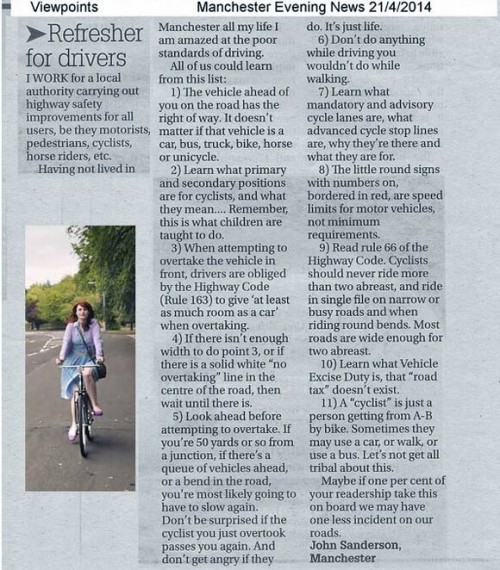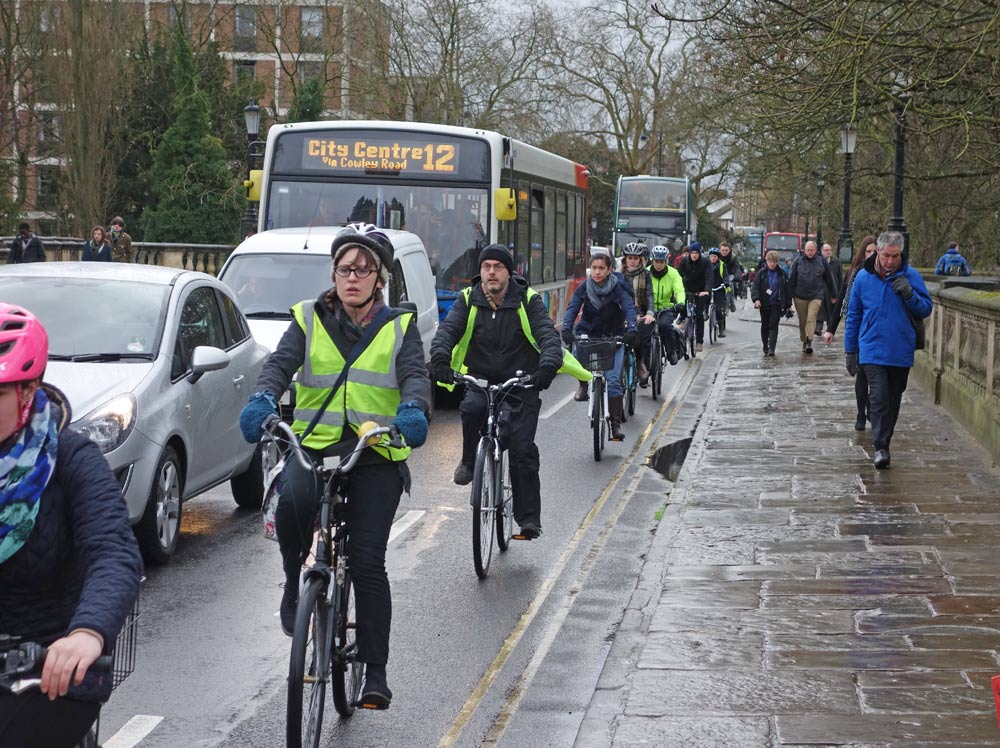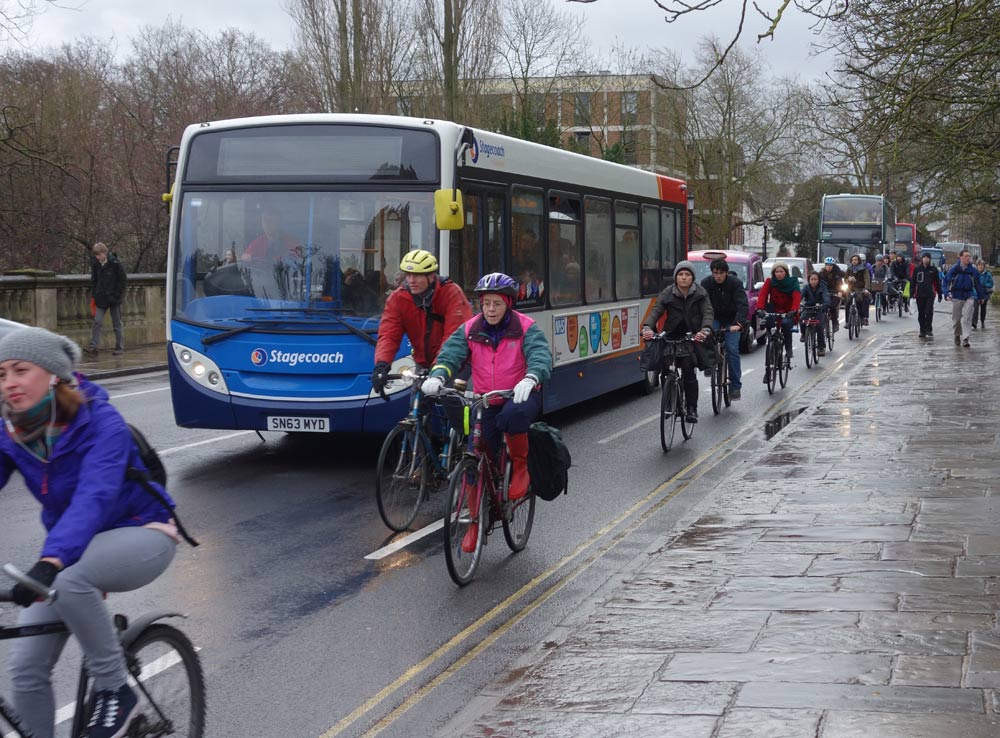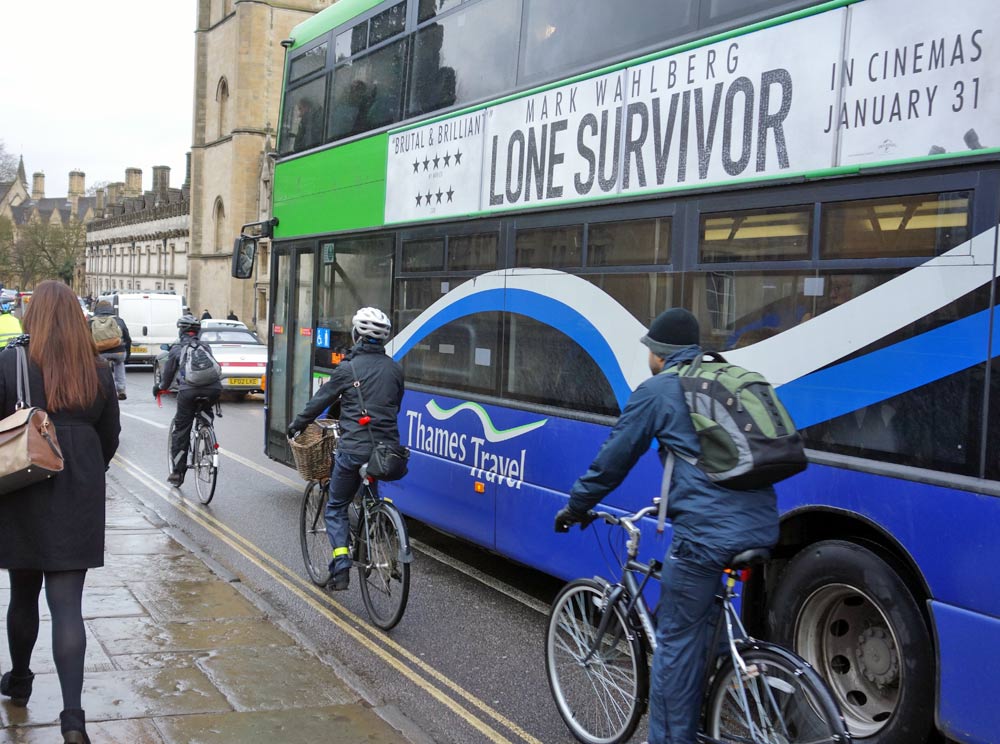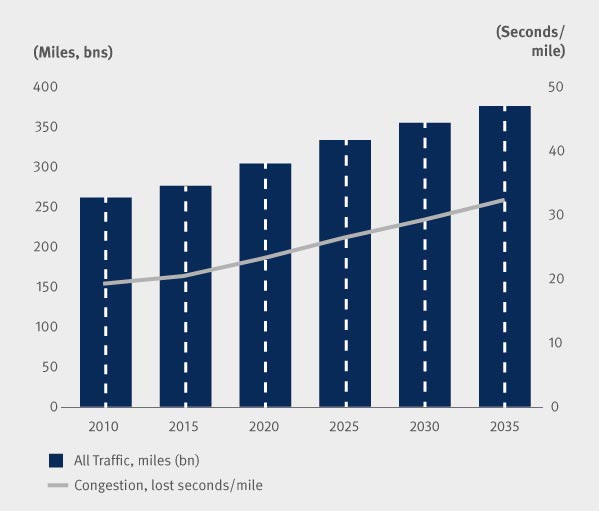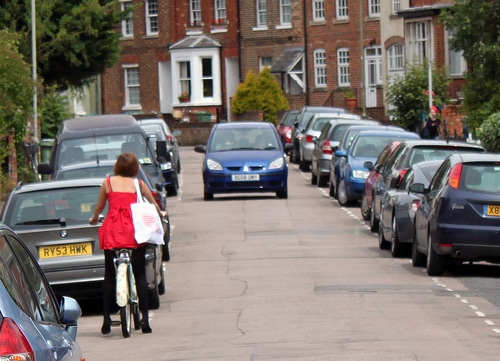I recently heard a cycle campaigner who suggested that one of the best tips for cycling position on the road is to always cycle one metre from the edge. Interestingly, the Dept of Transport have also given out advice to cyclists that it is advisable to cycle 1 metre from the edge (Direct Gov link).
The problems is that although this is good advice, motorists can get very impatient when they see a cyclist in ‘middle of the road’.
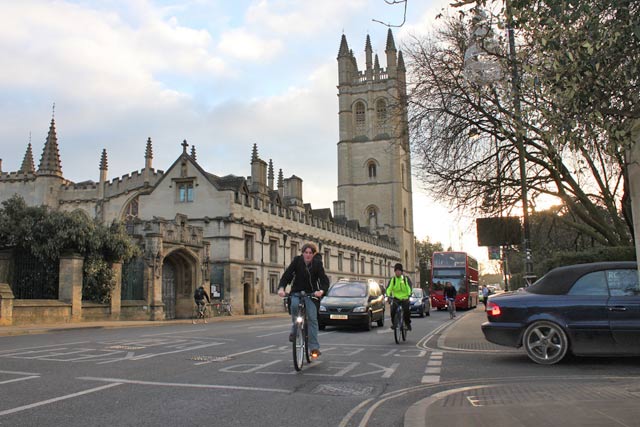
One metre from edge is just over 3 feet and much further out in the road than the average cyclist will generally be. In fact I remember when I was very young and starting to cycling someone told my I should cycle in line with the outside of drains (basically 1 feet). When I was looking through photos of people cycling in Oxford, it was much easier to find people cycling by double yellow lines than it was 1 metre from the edge!
Even Transport for London advise taking the lane in certain circumstances.
Stay central on narrow roads. Try to ride away from the gutter. If the road is too narrow for vehicles to pass you safely, it might be safer to ride towards the middle of the lane to prevent dangerous overtaking by other vehicles.
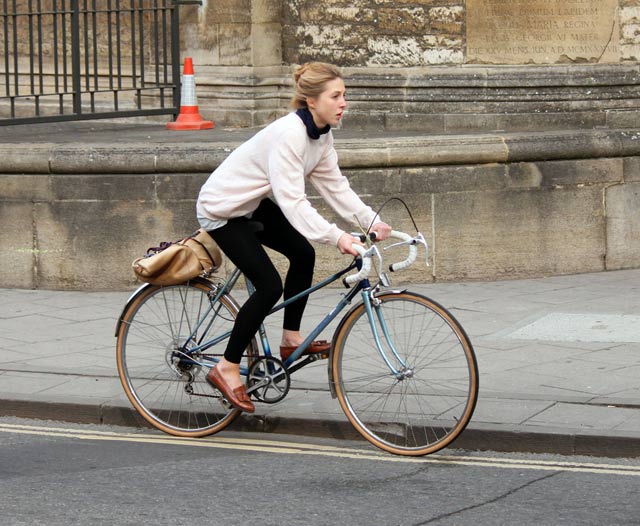
For many years I thought that is where I should be. But, I don’t advise this position.
Benefits of Cycling 1 Metre from Edge
If you are 1m from edge, you are more visible to cars turning right. This avoids the “Sorry, I didn’t see you mate type accidents”

- You are more visible to cars turning right.
- You are more visible to cars coming from behind
- It is harder for cars to turn left just in front of where you are cycling. This is a big problem where cars overtake cyclists and then soon turn left, leaving you squeezed on the inside.
- It gives you more flexibility to avoid potholes. If you are in the gutter and swerve out a foot to miss a pothole cars will sometimes beep because they are overtaking you too closely. But, with a metre you have room to move in
- It is where motorbikes tend to position themselves.
- It could make cars more careful in overtaking because they can’t squeeze through when traffic is passing in opposite direction. They have to wait for a genuine gap.
- You avoid nasty accidents from cars opening their doors into your path and other obstacles in the road
- Sometimes cars will be in a long line. The car immediately behind you might see you, but if they overtake close to you, the 2nd car in line might not

